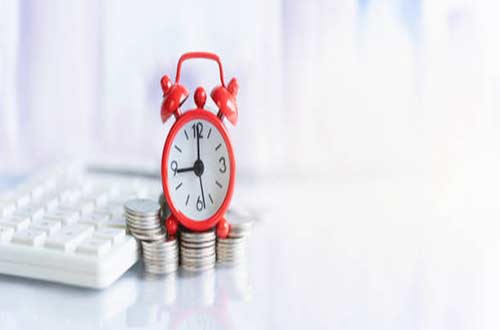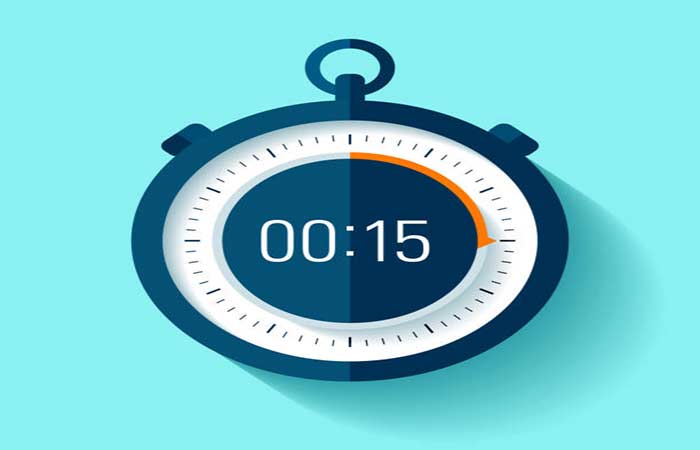Using a timer is an excellent way to ensure that you have time to complete tasks and take regular breaks. It is important to know that not all timers are created equal, so choose the right one for your needs. Some people like to use digital timers, while others prefer analogue timers. Regardless of which timer you choose, it is important that you have regular breaks in order to keep your brain fresh and keep you working at a higher level of productivity. It may take some time to implement a new system, so be prepared to be patient and give yourself plenty of time to get used to the new system.
to complete tasks and take regular breaks. It is important to know that not all timers are created equal, so choose the right one for your needs. Some people like to use digital timers, while others prefer analogue timers. Regardless of which timer you choose, it is important that you have regular breaks in order to keep your brain fresh and keep you working at a higher level of productivity. It may take some time to implement a new system, so be prepared to be patient and give yourself plenty of time to get used to the new system.
Idle time reminders

If you’ve ever wished you could set an alarm for when you’re idling, you’ve come to the right place. Idle time can be a productive time to learn a new skill or work smarter. You can automate tasks and set reminders for yourself or your employees to maximize this time. Automated tools like IFTTT or Zapier can help you do just that.
Focusing on a single task
Focus time is a powerful way to improve your productivity and work more effectively. By taking advantage of the time you set aside for focused work, you can eliminate distractions and enter a “deep work” state. Studies have shown that this can increase your productivity by as much as 500 percent. Focus time also helps you stop “context switching,” which is the tendency to jump from one project to another.
Interruptions are a major drag on productivity. According to Gloria Mark, a professor at the University of California, Irvine, getting back on task after an interruption consumes 23 minutes and 15 seconds, or almost 5% of a workday. When you add up your interruptions over the course of a day, this time could easily add up to more than half of your working time.
Setting a timer
Setting a timer for long tasks can help you stay focused. Instead of multitasking, you can focus on just one task at a time. You won’t be tempted to take breaks and will be forced to complete your task faster. Also, by setting a 7 minute timer, you will know that you have a set amount of time to complete a task.
Summary:
To increase your productivity, set a timer for 20 minutes. This will help you focus and finish your task. You can also write down tasks you want to do or promise to do them later. This will prevent you from thinking about other things and will help you focus on what you need to do.
